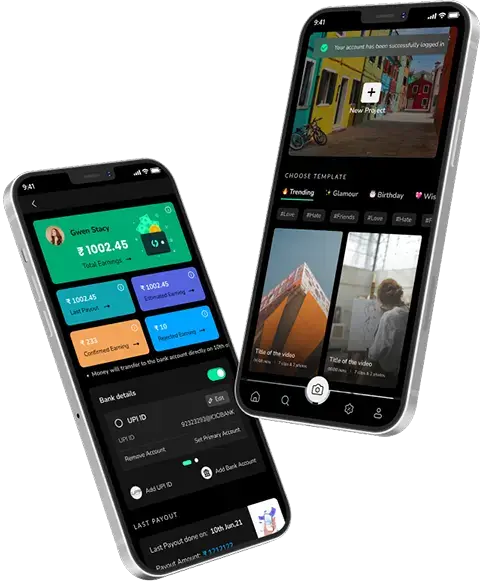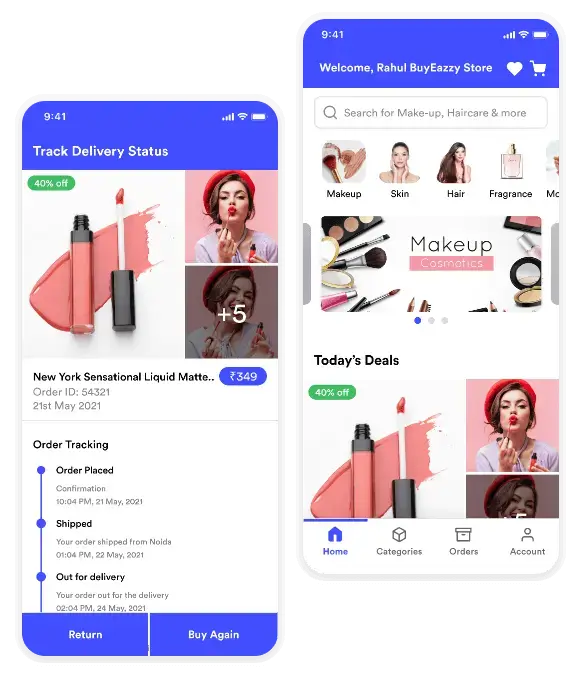25 Aug 2021
How Dangerous Are Phishing, Pharming & Other Social-Engineering Attacks?
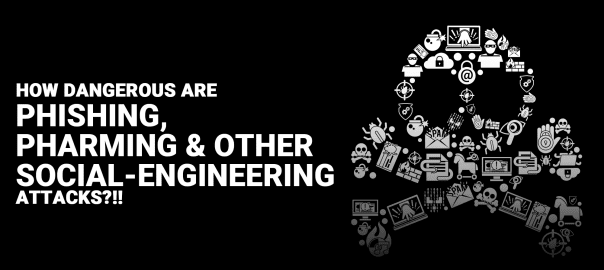
The advent of technological advancements has given rise to cybersecurity threats. These events have become so frequent that governments all across the globe are focusing on building a more secure and strengthened IT infrastructure.
We must not forget that technology isn’t evolving only for those who wish to do good but also for the notorious perpetrators online – everyone gets a piece from this cake! Attackers and hackers are now ready with better and more tactics; losing data and critical information can happen in a jiffy! It is scary, but it is true.
But it isn’t all dark and worrisome; WHY you might ask! The cybersecurity teams everywhere are coming up with stronger, improved tools and solutions to tackle this very problem. But that doesn’t mean that one should be careless about security and leave it to the security teams.
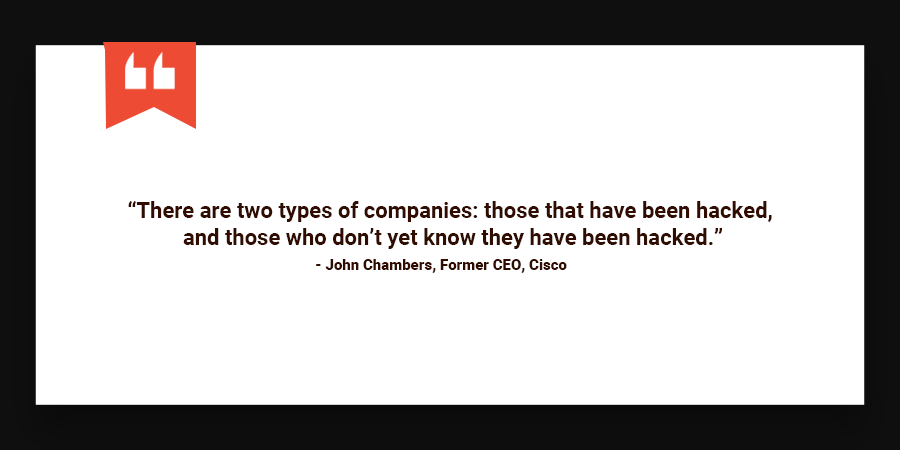
Organisations, companies, governments and business owners should also focus on their ways of communication about the related threats and possible risks.
This can help them not get trapped, especially in avoidable situations. However, the present times are challenging and we need to be more cautious and aware of what we engage with – as an individual or an organisation!
Let’s understand a few related concepts and how to identify them. Then, should we get to work – immediately!
What are cyber-attacks and threats?
Cyberattacks are deliberate attempts by an organisation or individual or any such group, intending to breach the information system of other individuals and organisations.
These attacks are usually to seek some benefit from the victim. Many times, it is usually to extort money or to extract out critical information.
Such attacks or threats are so frequent that they hit businesses every day, rather multiple times every day! Notorious elements are always on the lookout for potential victims and vulnerable enterprises.
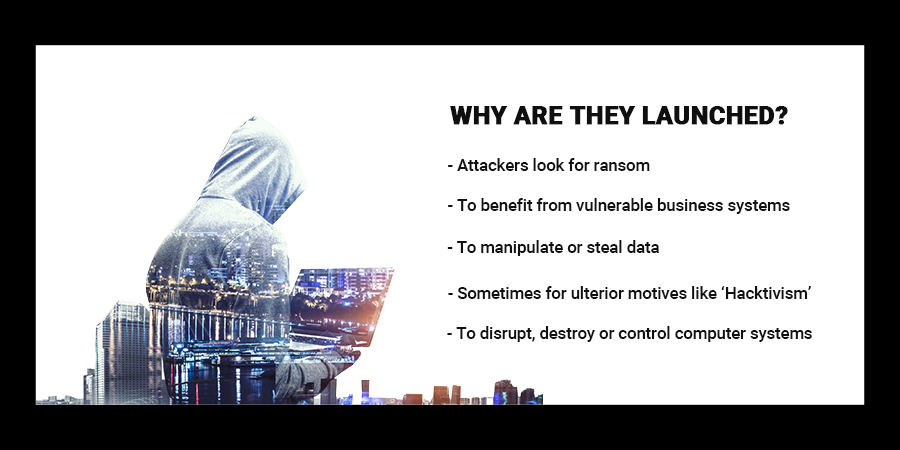
Botnet – not as cute as it sounds!
A network of devices that is infected with malicious software, like virus, etc. is called a botnet. It is a collection of devices that are internet-connected, have a virus and allows hackers to control these devices.
To understand it better, you can see it in the light of Any Desk, where another person can do chores on your system – the main difference is, a botnet is dangerous and does not seek consent or permission!
To instigate attacks that include data theft, unauthorised access, credentials leaks, etc. cybercriminals use botnets. Such attacks are called botnet attacks. Usually, it is used for a DDoS (Distributed Denial of Service) attack.
Understanding different social engineering attacks
It is crucial to differentiate between different types of IT threats and attacks. Following are some notoriously famous threats. So, let us learn about them!
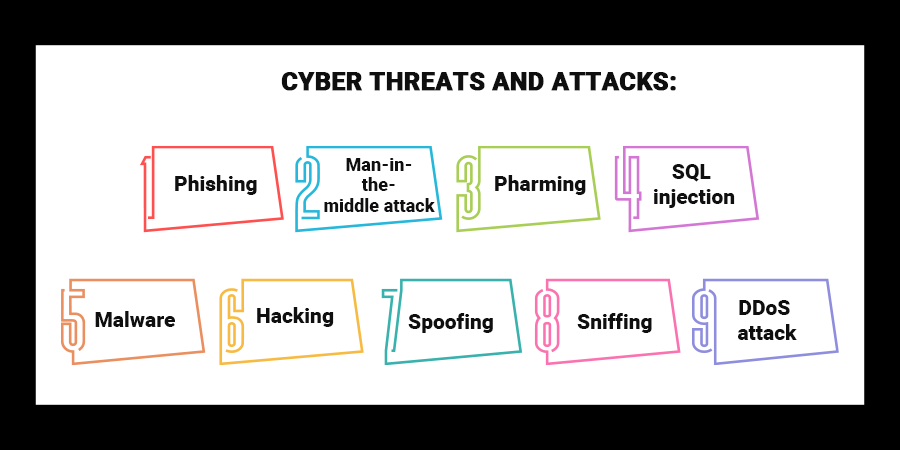
- Phishing
This is the practice of sending fraudulent messages or emails to people in order to weed out critical information about them – personal details and sensitive data like credit/debit card numbers, etc.
- Pharming
It is a more advanced way of tricking users by making them enter a website. Pharming misdirects users to fake websites that appear to be official but are not!
- Vishing
Vishing is nothing else but phishing done through phone calls, voice messages, voice-mails, etc. These phone calls are made to make people share their personal details and information.
- Hacking
Hacking involves breaching networks and exploiting weaknesses in computer systems. There are three types of hackers – black hat, white hat and grey hat hackers!
- Spoofing
Such an attack involves a person or program successfully identifying as another by falsifying data. Spoofing is done to gain an advantage over the victims and have access to their personal data.
- Sniffing
It is the process of monitoring along with capturing all data packets that pass through a given network. This is also done to catch hold of sensitive information like passwords, pins, account information, etc.
- Spear Phishing
It is exactly like the process of phishing in addition to targeting a few individuals – to access confidential information!
- Malware
It refers to any malicious software, including virus, ransomware, spyware, worms, etc., that intend to breach a vulnerable network.
Why have such attempts increased in recent years?
Cyberattacks have been on the rise in recent years, especially from the past two years. The following are some of the reasons for the explosion of such activities:
- One prime reason is getting to the critical information – data – the new-age gold!
- Cryptocurrencies have presented a new way to motivate ransomware attacks financially.
- Ready-made malware is now available for cybercriminals – it saves their time and efforts. It is scary and sad, but true!
How to save YOURSELF or YOUR organisation from any such attack?
– Be aware of such happenings and spread the word further.
– Be wary of clicking on suspicious links.
– Always use strong passwords.
– Keep your software updated.
– Know that identity theft can happen anywhere and thus, be CAUTIOUS!
– Keep yourself updated about what to do in case a fraud happens – know what steps must be taken immediately!
In a nutshell
The inclusion and coordination of different digital ecosystems increase the vulnerability of computer systems and necessitate building a more robust, intact and impenetrable (to an extent) cybersecurity infrastructure! It is the need of the hour.
So, if you are thinking about IT solutions, smarter apps or anything else on similar lines – connect with us at Techugo today! Reach out to us for cyber solutions – to get stronger and better in the vulnerable digital domain!
For more such insightful pieces of information, keep following us!
Wrapping it up by hailing technology – stay creative, stay coherent and keep innovating!
Get in touch.
Write Us
sales@techugo.comOr fill this form


